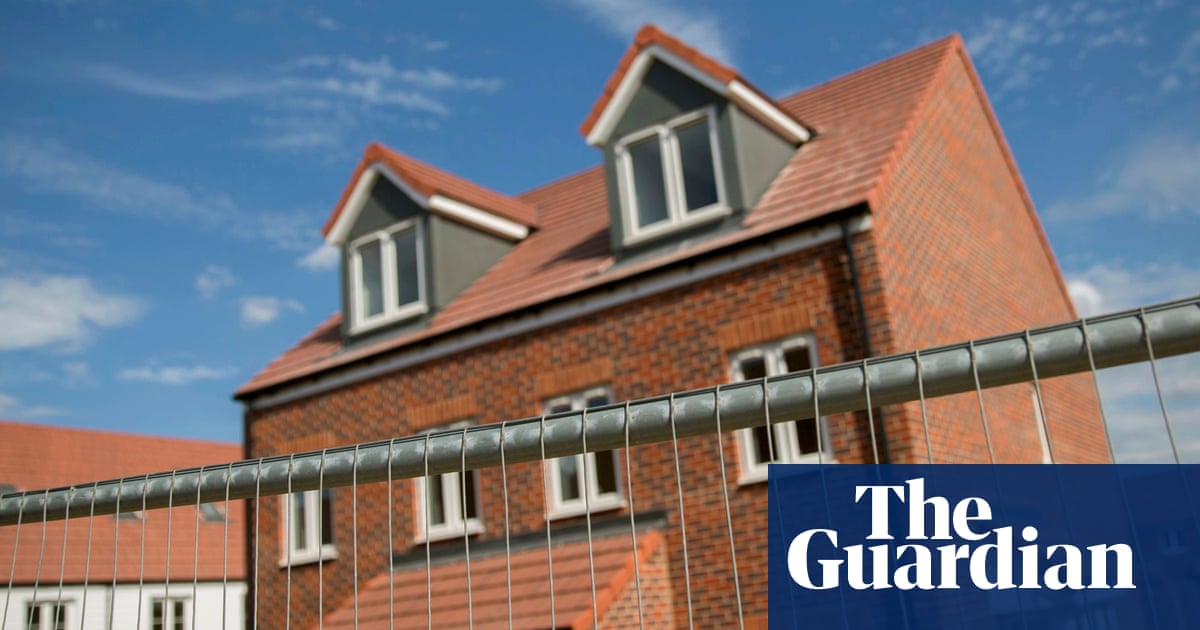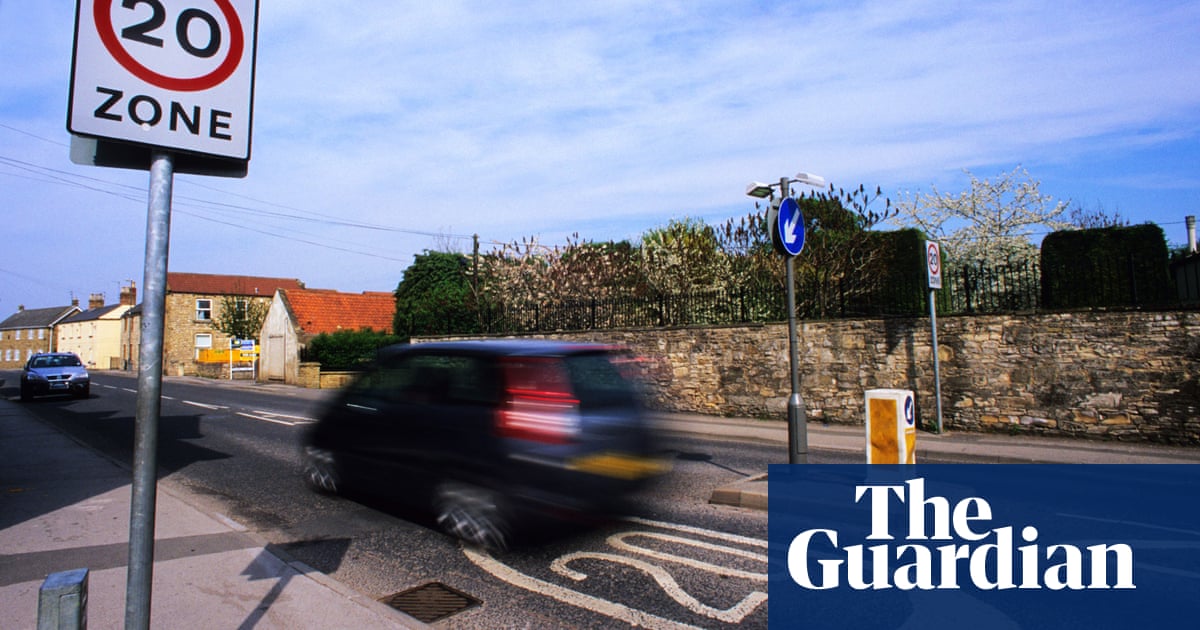
The government has set out its intent to massively increase housebuilding, with a shake-up of planning rules that could force councils in England to build on low-quality green belt sites if they fail to reach mandatory construction targets.
The proposed framework, which will instruct all regions apart from London to prepare for thousands more homes, is the start of a wider effort to streamline council planning procedures and review the right to buy scheme.
Announcing the plans to MPs, Angela Rayner, the deputy prime minister and housing secretary, said urgent action was needed after the Conservative government made local targets voluntary, allowing many projects to be blocked.
Rayner said the overall target for new homes would increase from 300,000 a year to 370,000, contrasting this to forecasts that fewer than 200,000 homes would be completed this year, with little more than 100,000 of these being affordable.
“Some will find this uncomfortable, and others will try and poke holes,” she said. “To this I say: we have a housing crisis and a mandate for real change, and we all must play our part.”
While councils and planning organisations broadly welcomed the proposals, the Conservatives condemned them as confusing and overcentralised.
Under a proposed new National Planning Policy Framework (NPPF) for England, local authorities will have a duty to build more homes. Unless they come up with a clear plan for this, ministers could step in and take over.
What is likely to be among the more contentious elements of the shake-up is the provision for councils to review local green belt land and identify so-called grey belt sites, within the green belt but deemed as not contributing to it.
Where councils fail to properly do this, housebuilding companies can present their own proposals for development on what they believe is a grey belt area.
The new NPPF defines grey belt land as areas of the green belt that have already been developed or make a limited contribution to green belt purposes, for example sites on the edges of existing towns and villages or next to roads, and former petrol stations or car parks.
Any green belt projects will be subject to particular rules, including that at least 50% of the homes be affordable.
Rayner denied the mandatory targets would mean “riding roughshod over local decisions and what local people want.
“What we’re saying – and what we said at the general election – is that we will build 1.5m homes. We said that really clearly and we have a mandate to do that,” she said.
All councils will need to have a new local plan in place by next year. Currently, two-thirds of them have plans that are at least five years old. The new regime will get rid of the stipulation for new developments to be “beautiful”, which officials said was too subjective.
An updated list of housing targets for each area shows some significant increases – in the north-west of England it rises from 21,500 to just under 38,000, and in the east from 35,000 to nearly 45,000 – but the former target of nearly 100,000 new homes in London is cut to 80,000.
The revised plan said the reduction for London was to make its plan “credible”, given actual building had been about a third of the previous target.
Another potentially contentious area of change is right to buy, which allows councils tenants to purchase their homes at a significant discount, reducing the number of homes for social rent.
As well as an immediate review into the scale of discount offered, changes in the planning and infrastructure bill could limit eligibility and stop new social homes being sold off.
Other changes include a doubling of the cost for householders to submit a planning application, to cover the costs, and changes to streamline the work of planning committees so they mainly consider bigger projects, with officials taking responsibility for minor ones.
Kemi Badenoch, the shadow housing secretary, criticised the removal of the “beautiful” stipulation, and questioned why building targets in London were being reduced.
“The government is in danger of choosing the worst of all worlds,” she said. “It’s not addressing the basic economics of housebuilding, it’s centralising decision-making, and when you look at all that it looks like 1.5m will be a distant aspiration rather than a meaningful target.”












